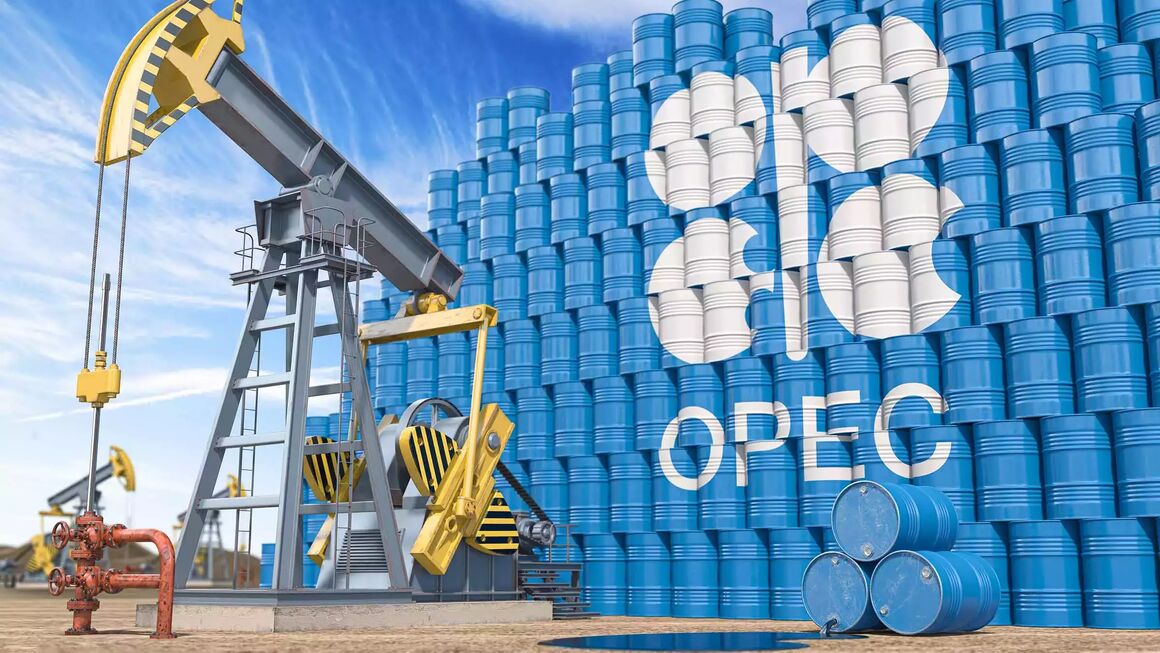
- Commodities
OPEC+ is trying to protect its market share
Do you want to know how to make money from this?
Register for free and get expert advice, access to a training course and webinars.
Key points:
- Brent oil futures fell to their lowest in 4 months due to OPEC+ plans to increase production.
- OPEC+ restrictions will be gradually reduced from the 4th quarter of 2024 to the 3rd quarter of 2025.
- The organization’s new strategy is to move from price containment to regaining market share lost over the past 2 years.
Oil futures prices fell to their lowest in four months and calendar spreads narrowed significantly after OPEC+ ministers announced plans to increase production from the fourth quarter of 2024.
On June 3, the day after the OPEC+ meeting on June 2, futures for Brent crude oil for the next month closed trading at $78 per barrel. This is only $2 per barrel higher than in the same period last year.
OPEC+ plans to reduce production restrictions
Front-month Brent crude futures traded at a premium of $1.50 a barrel to six-month contracts, compared with averages of $2.85 in May and $4.86 in April.
At a hybrid meeting held in Riyadh and online, OPEC+ announced an extension of the voluntary production cut by 2.2 million barrels per day until the end of September 2024.
Further, during the last quarter of 2024 and the first three quarters of 2025, the reductions will gradually decrease on a monthly basis.
The ministers stressed that the planned production increase could be “suspended or canceled depending on market conditions.”
However, this marks a significant increase, equivalent to about 18 months of normal growth in global oil demand.
As a result, oil prices inevitably fell.
OPEC+ changes strategy
OPEC+’s planned increase in oil production marks a departure from its previous strategy of reducing excess inventories and reaching $100 a barrel.
The group’s new strategy aims to stabilize or even partially regain market share lost over the past two years to competitors from the United States, Canada, Brazil and Guyana.
Repeated official and voluntary production cuts undertaken by Saudi Arabia and other OPEC+ members have failed to push prices higher, although they may have prevented a more severe fall.
But the measures essentially gave advantages to higher-cost producers in the Western Hemisphere, encouraging them to increase production.
Maintaining OPEC+ market share has become too difficult and controversial, evoking Saudi Arabia’s role as a swing-arm producer in the early 1980s. The upcoming production increase signals that Saudi Arabia and its allies are not prepared to bear the burden of production cuts alone to support prices, nor do they view these measures as long-term.
To achieve stabilization and return OPEC+ market share, it is necessary to slow down production growth from competitors and stimulate consumption growth.
Do you want to know
How to make money from the news
Register for free and get:
- Expert consultation;
- Access to the training course;
- Opportunity to participate in webinars

